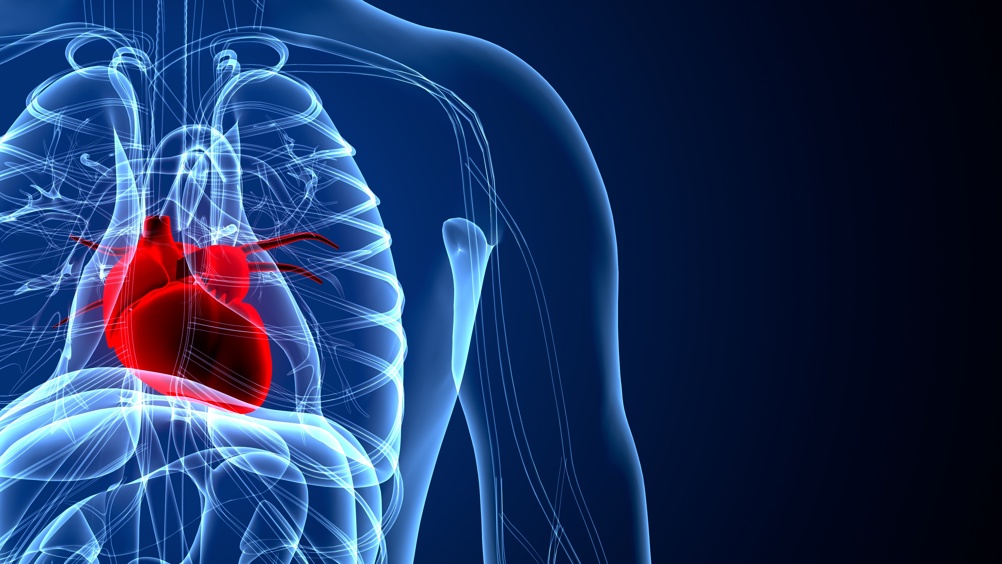References
Device-related atypical pressure ulcer after cardiac surgery

Abstract
Medical devices must be closely monitored to prevent harm to patients. Pressure ulcers secondary to medical devices present a significant health burden in terms of length of stay in hospital and cost. Intensivists, anaesthetists and other professionals involved in managing critically ill patients following cardiac surgery need to be aware that pressure ulcers (PU) may develop in atypical sites and present at a later stage of the hospital stay. This case report highlights the important issue of device-related PUs in the cardiac surgical intensive care setting, particularly when the clinical status of the patient may preclude routine assessment and prophylaxis. An algorithm for preventing such PUs is suggested.
A pressure ulcer is a localised injury to the skin and/or underlying tissue usually over a bony prominence, as a result of pressure, or pressure in combination with shear.1 The European Pressure Ulcer Advisory Panel (EPUAP) has classified pressure ulcers (PU) as I–IV depending on their severity (Table 1).1,2 The resource and financial costs of PUs are significant. A Dutch research team observed that in a cohort of cardiothoracic patients the length of stay in the intensive care unit was significantly longer for patients who developed a PU.3 In addition, it is estimated that the financial burden of PUs in the UK is between £1.4–2.1 billion.4
Table 1.
Register now to continue reading
Thank you for visiting Wound Central and reading some of our peer-reviewed resources for wound care professionals. To read more, please register today. You’ll enjoy the following great benefits:
What's included
-
Access to clinical or professional articles
-
New content and clinical updates each month

